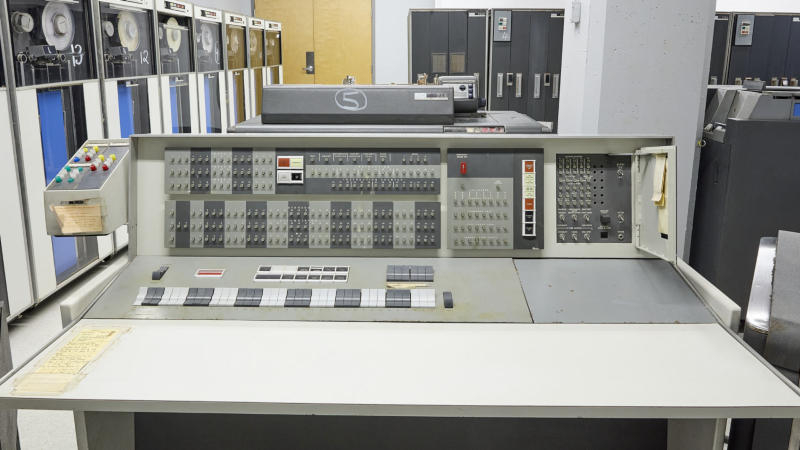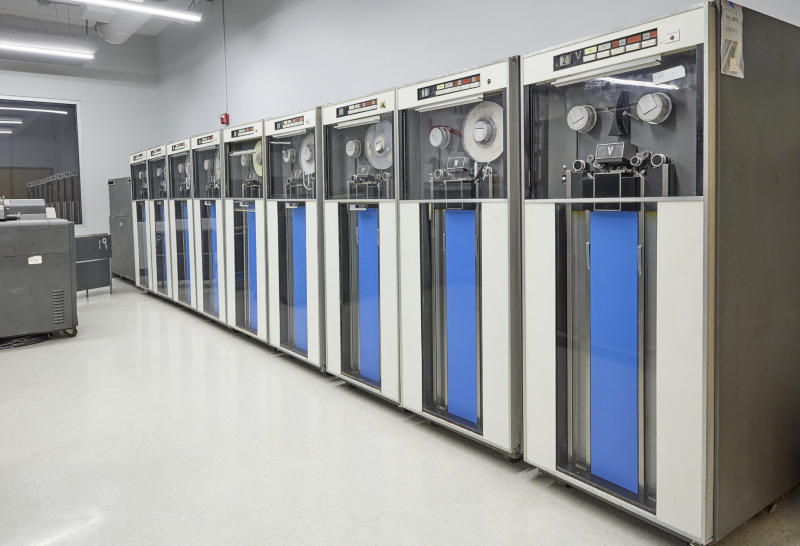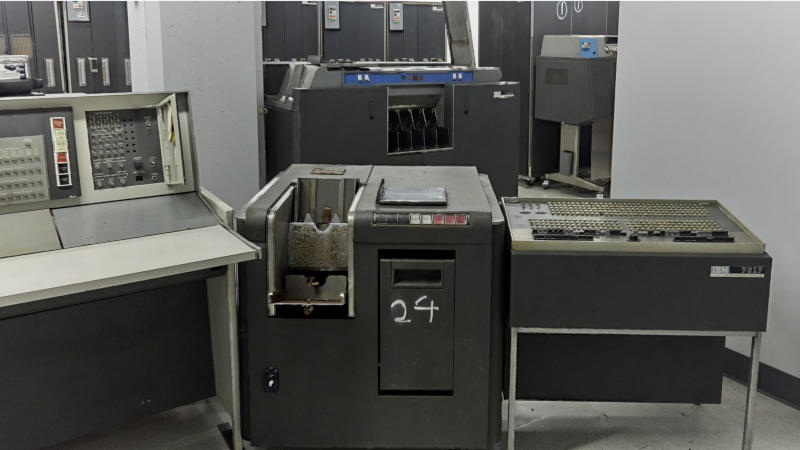A huge IBM 7090 Mainframe computer system is up for auction at Christie’s – this is one of the first transistor computers in the world. Before this system, commercially available computers ran on tubes, and transistors provided significant improvements in speed, efficiency, and reliability over their predecessors.

Image source: christies.com
The lot represents an extensive array of cutting-edge IBM-branded equipment by 1959 standards, and the buyer will need a large facility to accommodate it all. The mainframe came to Christie’s from the collection of Microsoft co-founder Paul G. Allen, who stole it in 2017 from the Weapons Research Institute in South Australia. The giant computer is currently in Seattle with an estimated price of $40,000-$60,000, and there are still 19 days left in the auction. Buying a new IBM 7090 in the fifties of the last century was a more serious test – the computer was valued at $2.9 million.

Despite the abandonment of vacuum tube technology, the mainframe was clumsy by today’s standards – it processed about 229,000 instructions per second and included about 14,000 Standard Modular System cards. They housed about 30,000 doped junction germanium transistors and 22,000 germanium diodes. As a result, the total weight of the computer is 10,430 kg. The set also includes an instruction cart, multiple archival boxes of punch cards, three boxes of user manual folders, and twelve boxes of prints.

The example offered for sale was used for research purposes in the field of weapons. Research focused on aerospace, weather forecasting and nuclear disciplines. There is no point in using it for practical purposes today: a smartphone or a modest Raspberry Pi will easily surpass the IBM 7090 Mainframe in terms of computing power. Potential computer buyers include museums, educational institutions, exhibition venues, or television and film studios that have decided to engage in historical productions.